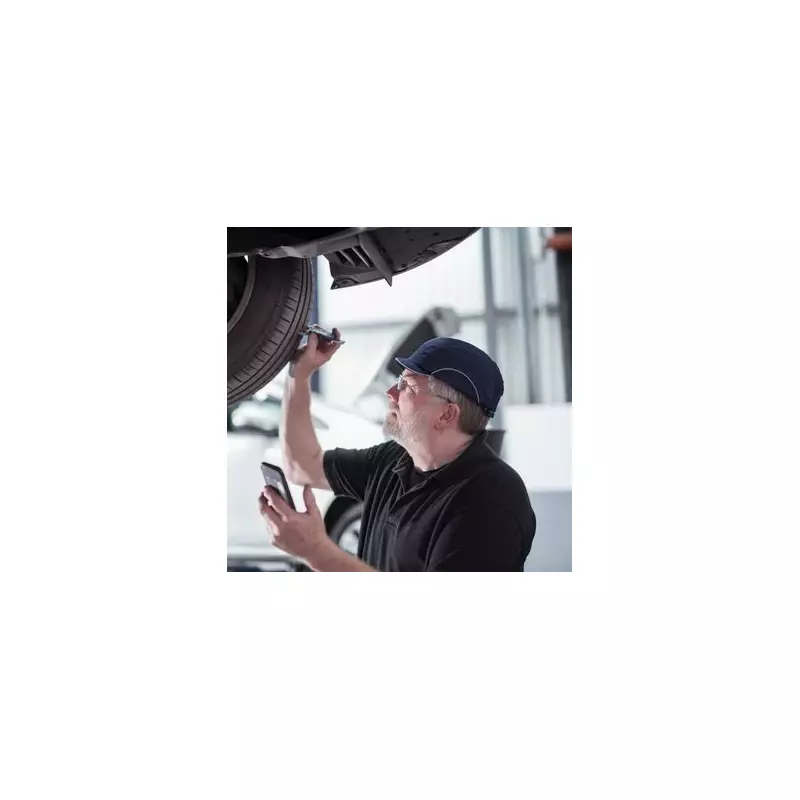
Millions of UK motorists are risking their safety and facing unnecessary MOT test failures due to a simple oversight with their tyres. Shockingly, official data reveals that a staggering 3.1 million individual tyre defects were the direct cause of MOT failures between July 2023 and July 2024.
The Overlooked MOT Failure
Experts are now urging drivers to perform a straightforward check that could be the difference between passing and failing the annual test. A recent YouGov poll from October highlighted the scale of the problem, showing that 60% of drivers admit to only replacing their tyres when absolutely necessary. This suggests a vast number of people could be driving on unsafe, worn-out rubber without realising the danger.
While most drivers know to check tread depth, many neglect two other critical factors: the overall condition of the rubber and, crucially, the age of their tyres. Both can pose significant safety risks and lead to an MOT failure.
Why Tyres Fail: More Than Just Tread
MOT testers don't just look for illegal tread depth, cuts, or bulges. They also meticulously inspect for signs of age-related wear and tear. This includes cracking and degradation of the sidewalls and tread, a condition known as perishing.
Matt Clamp, customer service manager at Scrap Car Comparison, explained the common pitfall: "MOT tests are something that can often fill car owners with dread. Tyres are an aspect of a vehicle that owners can easily inspect themselves, so there's little reason why a car should fail for these faults."
He added, "However, tyre perishing is something that is often overlooked. Even cars with low mileage aren't immune to this, which often catches owners out. In fact, perishing can actually be accelerated due to inactivity."
How to Check Your Tyre's Age with the DOT Code
Every tyre has a DOT code moulded into its sidewall, which acts as its birth certificate. To find out how old your tyres are, look for the last four digits of this code. The first two digits indicate the calendar week of manufacture, and the final two represent the year. For example, a code ending in 1524 means the tyre was made in the 15th week of 2024.
Experts offer these clear guidelines based on the DOT code:
- Any tyres over five years old should be checked annually by a specialist.
- Tyres aged 10 years or more should be replaced immediately, regardless of how much tread remains.
While five years is a general benchmark, tyres exposed to high temperatures, strong UV rays, or left unused for long periods can perish much faster. As well as checking the DOT code, look for visible cracks and a 'cracked eggshell' texture on the rubber.
Protecting Your Tyres and Your Wallet
Matt Clamp offered final advice for drivers: "Getting in the habit of regularly checking your tyres can help to avoid any last-minute panics before your MOT, and also help your tyres last longer."
He emphasised that perishing occurs faster if tyres are under-inflated, so maintaining correct pressure is crucial. For optimal tyre longevity, store your car in a garage away from direct sunlight if possible. For most drivers, however, the simplest and most effective tip is to use the vehicle regularly, as this activates protective chemicals within the rubber and slows the ageing process.





